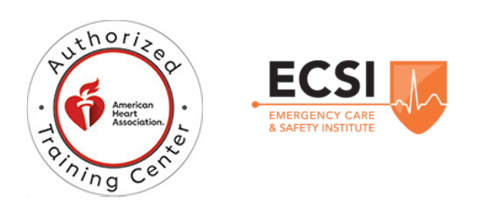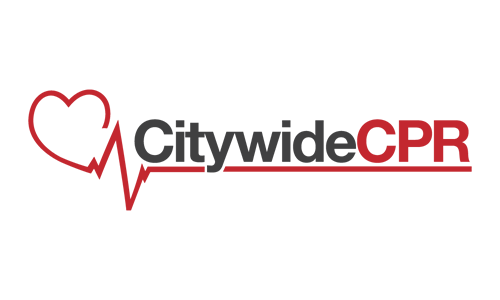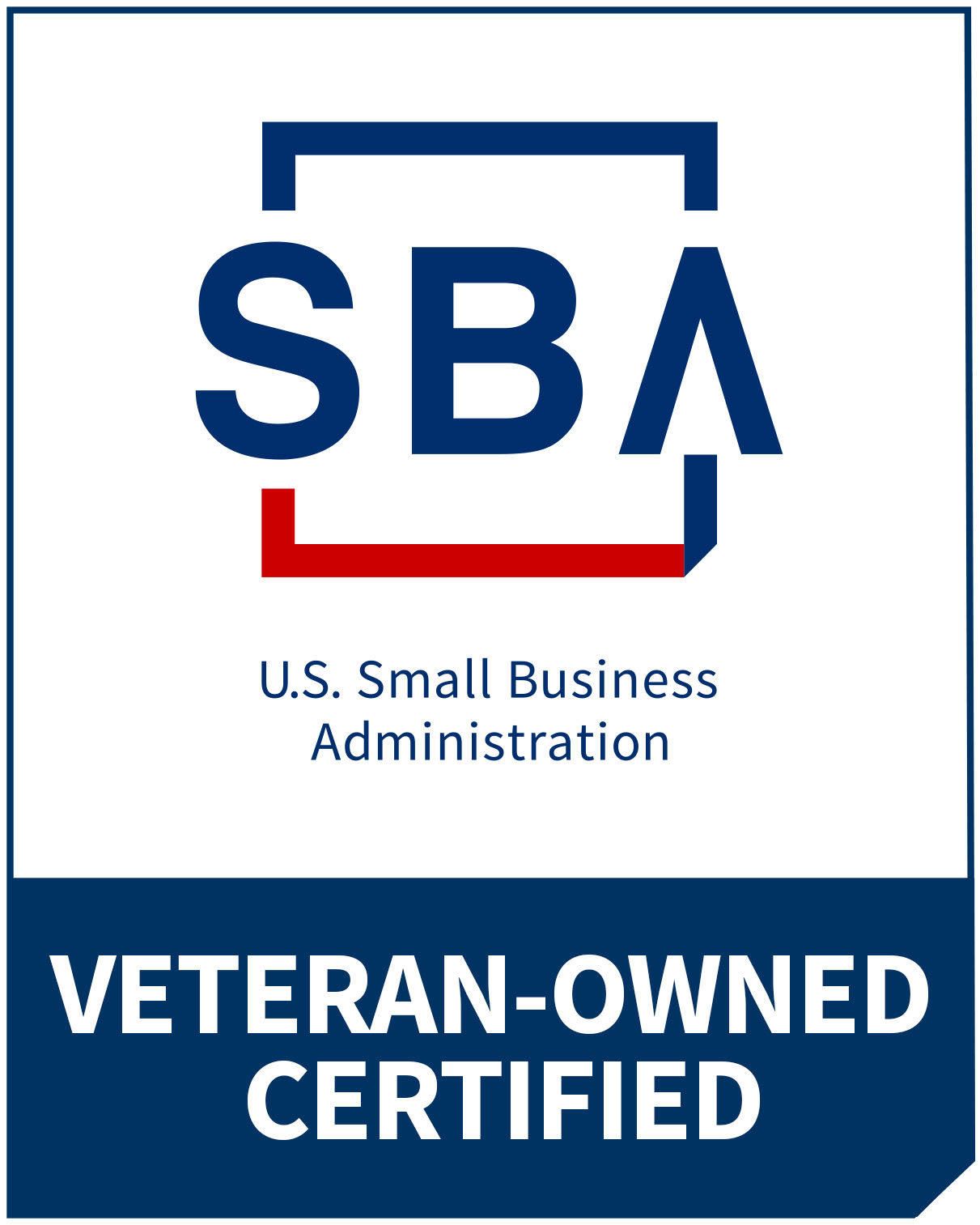No one can predict when someone could succumb to SCA, or Sudden Cardiac Arrest. Considered as one of the major heart conditions that has taken the life of around half a million Americans each year, SCA tends to come without any warning. In most cases, an electrical disturbance in the heart causes the latter to quiver instead of having a normal beating pattern. This, in turn, could put undue pressure to the heart. In cases like these, what a person would need is something that would cause his or her heart to regain normal beating pattern. This is where the AED comes in.
AED stands for Automated External Defibrillator. It is a portable electronic device that could come in handy when it comes to assessing the condition of an unconscious victim. This electronic device comes with two pad, adhesives, wires that connect the pads to the main unit, and the main unit itself. In order to make use of the AED, the responder has first to make sure that the victim is lying in a safe and dry ground. The two pads are then attached to the victim’s chest using the adhesives. Once the machine has been turned on, it would try to assess the victim’s current condition. Based on the assessment, the machine would generally recommend administering electrical jolts in order to help the heart get back to its natural beating pattern. This usually happens if the patient suffered from a cardiac arrhythmias of ventricular fibrillation or ventricular tachycardia. If, however, the patient is suffering from other medical condition that has caused him or her to lose consciousness, the machine would most probably recommend that the responder administer CPR. Since most units of AED comes with both visual and audio prompts, it should not be hard for any responder to be able to conduct CPR.
Because of the role that AEDs play in the rescue process, it is no wonder that more and more states are making it mandatory for industrial and commercial areas to have at least one unit of AED on standby. It also helps that a number of commercial establishments themselves have taken it upon them to have their own AED unit on standby.
But just how important is an AED, or CPR for that matter?
With each second that the heart is unable to pump, or circulate, blood, the chances of the person having to deal with tissue necrosis increases. Without the needed oxygen, tissues, and consequently major organs, would start to die. Of course, this means that, a couple of hours more and the victim would already succumb to Sudden Cardiac Arrest. By administering CPR, blood circulation is restored, albeit in an artificial manner. On the other hand, with the use of the AED, the heart could be jolted back to proper rhythm allowing it to pump blood more efficiently.
If you have no idea how to set up an AED program management, you can always seek the help of Citywide CPR. Citywide CPR also offers CPR training and certification programs.





